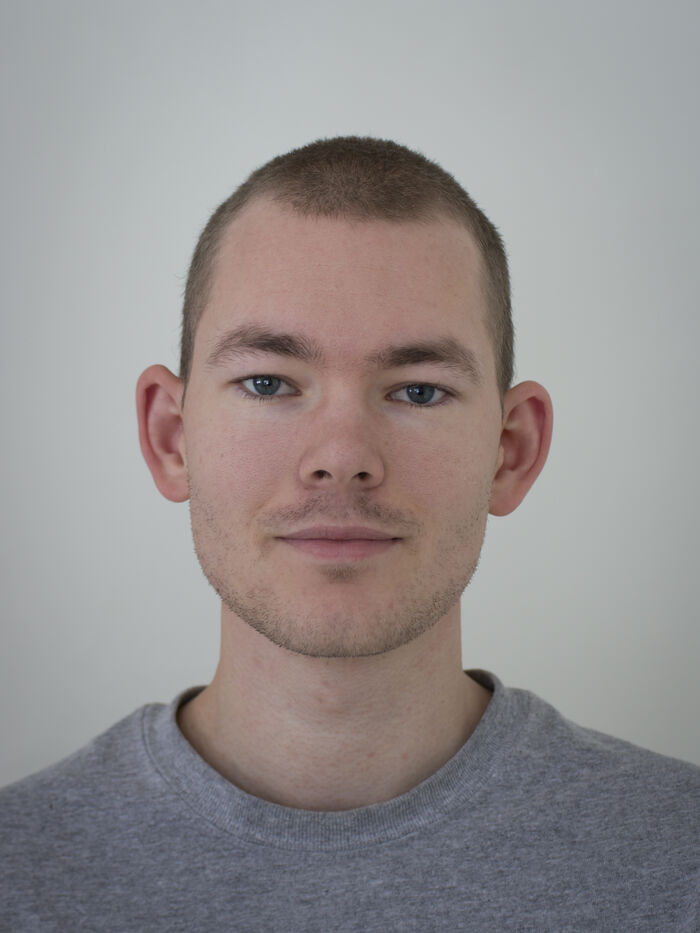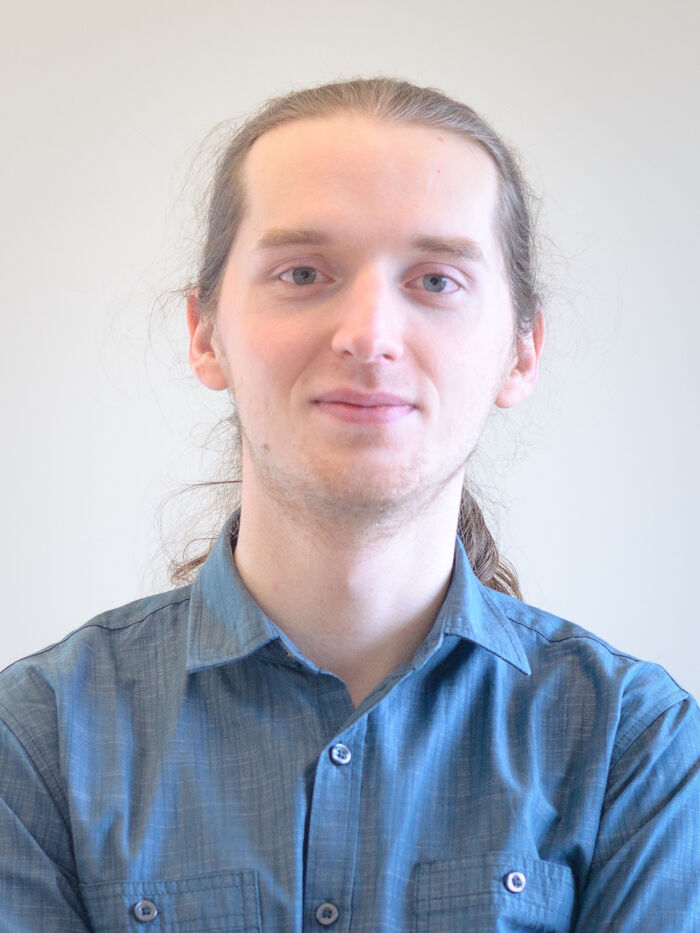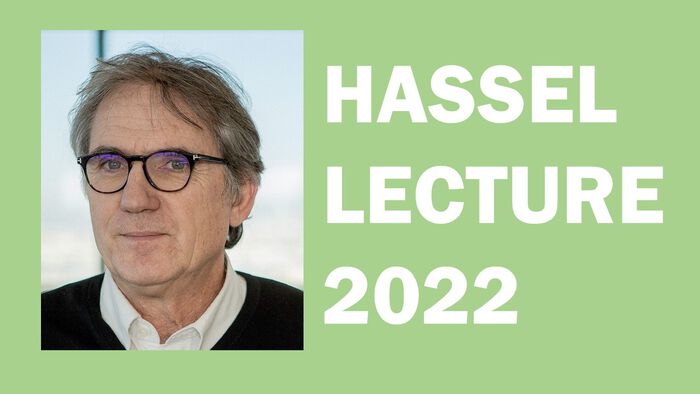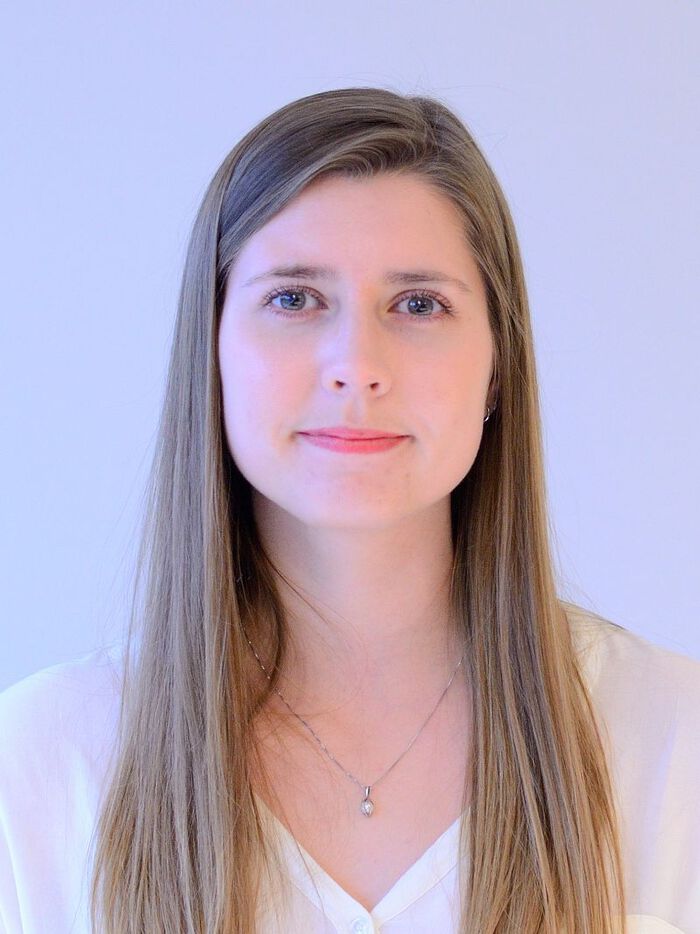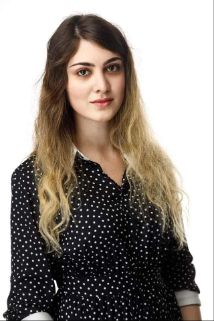Tidligere arrangementer - Side 52
RSG Norway invites you to a panel discussion on career opportunities for bioinformaticians in and beyond academia
Hvordan kan staten bidra i arbeidet med tverrg?ende samfunnsutfordringer regionalt? Hvilke utfordringer m?ter vi ved overgang fra geografisk til funksjonsbasert organisering?
Ingeborg Gjerde (Simula Research Laboratory) presents joint work with Ridgway Scott (University of Chicago).
Abstract: Airflow around airplane wings is characterized by a wide range of flow scales, making it highly challenging to capture numerically. From a simulation viewpoint, the following questions are still being actively investigated: Why do airplanes fly? Can one reliably simulate the lift and drag of an airplane wing? In this talk, I will provide no good answers to these questions. Instead, I want to talk about some interesting results I've stumbled into tangentially, including:
- (Nonlinear) kinetic energy instability analysis, also referred to as Reynolds-Orr instability
- Slip boundary conditions and their connection to D'Alembert's paradox
- Stokes' paradox and its connection to weighted Sobolev spaces. I will show numerical results computed for flow around a cylinder, which serves as a proxy for flow around an airplane wing. In particular, I will talk about the impact of the friction boundary condition on the drag force and flow stability. Finally, I will comment on how these results might be interpreted in view of: New Theory of Flight, J. Hoffman, J. Jansson, C. Johnson (2016), Journal of Mathematical Fluid Mechanics.
Lars Frogner, PhD fellow of Rosseland Centre for Solar Physics (RoCS), University of Oslo.
Prof. Sofian Audry, from University of Quebec in Montreal, will speak at RITMO's Seminar Series.
Maksym Brilenkov, PhD student at Institute of Theoretical Astrophysics, University of Oslo.
This year's Hassel lecture is headed by Professor Marc Fontecave.
This year's Hassel lecture is headed by Professor Marc Fontecave. In this lecture, Professor Fontecave will use the case of France as a springboard to discuss the current energy situation, the different scenarios for the 2050 trajectories and the scientific and technological challenges that we must face.
By Prof. Levi Yant from the University of Nottingham, UK
In this talk, I will go through my past research before joining UiO, particularly at The University of Texas at Austin. This will include a brief introduction to the development of stable and adaptive finite element methods for challenging problems in engineering science. Second, I will focus on modeling efforts in coastal ocean hydrodynamics, including a review of the underlying physics and assumption and a review of the current state-of-the-art. I will also introduce several related to my focus of storm surge modeling and how the models are used by stakeholders beyond academia.
Renate Mauland-Hus, PhD student at Institute of Theoretical Astrophysics, University of Oslo.
As a consequence of the S-duality conjecture, Vafa and Witten conjectured certain symmetries concerning invariants derived from spaces of vector bundles on a closed Riemannian four-manifold. For a smooth complex projective surface X, a satisfying mathematical definition of Vafa-Witten invariants has been given by Tanaka and Thomas. Their invariants are a sum of two parts, one of which can be defined in terms of moduli spaces of stable vector bundles on X. Focusing on this instanton part of the VW invariants one can ask how it changes under blowing up the surface X. I will discuss joint work with Oliver Leigh and Yuuji Tanaka that answers this question.
- Modellering og analyse av renterisiko i en post-Libor-verden med ESG.
- Matematisk institutt ved Universitet i Oslo tilbyr et to-dagers etterutdanningskurs i renterisiko ved David Banos og Fred Espen Benth.
I will explain how a recent “universal wall-crossing” framework of Joyce works in equivariant K-theory, which I view as a multiplicative refinement of equivariant cohomology. Enumerative invariants, possibly of strictly semistable objects living on the walls, are controlled by a certain (multiplicative version of) vertex algebra structure on the K-homology groups of the ambient stack. In very special settings like refined Vafa-Witten theory, one can obtain some explicit formulas. For moduli stacks of quiver representations, this geometric vertex algebra should be dual in some sense to the quantum loop algebras that act on the K-theory of stable loci.
By ?ric Coissac from the University of Grenoble, France
Regjeringens nye mannsutvalg har f?tt et bredt mandat. Med dette seminaret ?nsker vi ? vite mer om utvalgets prioriteringer og hvordan forskning vil spille en rolle i utvalgets arbeid.
By Geir H. Bolstad from NINA, Trondheim.
When a body (such as an offshore structure and ship) exists on the surface of the ocean, it is influenced by waves. At the same time, waves are deformed by the body. This interaction is essential for considering the problems of bodies in waves. Although these are complicated systems, the theory is well-established based on linear potential flow, and this explains these phenomena very well.
In the seminar, some applications of potential theory-based analysis are shown, including the seakeeping of a ship, multi-bodies interaction, and elastic plate in waves. In addition, the progress of the study of wave-ice interaction in a marginal ice zone is presented which is a current work in UiO.



